SAMOA 🇼🇸 APIA
Samoa
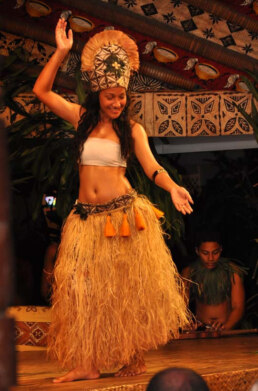
Samoan dances in Apia 🇼🇸 Samoa Samoan cultural dancing is a vibrant and integral part of Samoan heritage, particularly in Apia, the capital city of Samoa. Traditional dances in Samoa are deeply rooted in the cultural and social fabric of the island, reflecting its history, values, and communal lifestyle. One of the most prominent dances is the Siva. This graceful dance, often performed by young women, tells stories through slow, fluid movements, symbolizing the beauty and harmony of Samoan life. The Fa’ataupati, or slap dance, contrasts with its energetic and rhythmic style, typically performed by men, showcasing strength and coordination
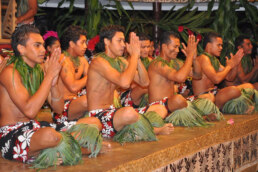
The Fa’ataupati, or slap dance, contrasts with its energetic and rhythmic style, typically performed by men, showcasing strength and coordination.
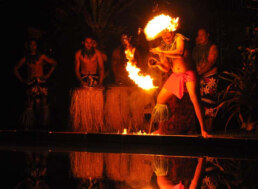
Fire Dancer The ancient art of fire (sword) dancing originated in Polynesia. Taking his inspiration from the Samoan warrior, a fire knife dancer takes center stage twirling, tossing, catching and throwing a flaming machete at high speeds. The history of Samoan fire twirling, or fire knife dancing, is rich and fascinating. The practice, known as Siva Afi or Ailao Afi, originated from the traditional Samoan knife dance called Ailao, which was performed by warriors to demonstrate their battle prowess and psych themselves up before combat. The dance involved twirling and tossing a war club called a nifo oti, which was later adapted to include fire (Wikipedia) (Old Lāhainā Lū’au). The incorporation of fire into the dance is credited to Uluao “Freddie” Letuli, a Samoan-American performer. In 1946, inspired by a Hindu fire eater and a baton twirler with lighted batons he saw at a Shriners Convention in San Francisco, Letuli decided to add fire to his knife dance routine. This innovation dramatically increased the skill and danger involved, making the dance even more captivating. Letuli’s new version of the dance quickly gained popularity and became a staple in Polynesian shows and luaus (Maui Luau Review) (Discover Hawaii). Fire knife dancing has since become a celebrated part of Samoan culture and is showcased in various cultural events, including the annual World Fire Knife Dance Competition held at the Polynesian Cultural Center in Hawaii. This competition attracts performers from around the world and highlights the skill, strength, and artistry involved in this dynamic dance (Aloha Hawaii). For a deeper dive into the history and cultural significance of Samoan fire twirling, you can explore resources such as “Flaming Sword of Samoa” by Letuli, which provides an in-depth look at the origins and evolution of this mesmerizing dance (Aloha Hawaii) (Discover Hawaii).[/caption]
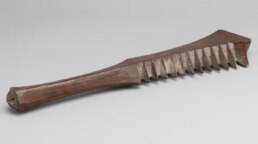
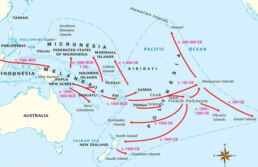
A theory on Human migration from Indonesia into Micronesia, Melanesia and Polynesia. Samoa is a sovereign nation 40 miles northwest of American Samoa, a US Territory. While geographically quite close, Samoa and American Samoa are separated by 24 time difference. Samoa being more closely connected with Australia and New Zealand as primary trade partners and American Samoa with the United States. Samoa consists of the islands of Upolu, Savai’i, Apolima and Manono. During Colonial times these islands were a German protectorate from 1900 until the takeover by New Zealand forces during World War 1 in 1914. The takeover of Samoa was New Zealand’s first military action in World War I. In late August 1914 with landings by the Samoa Expeditionary Force from New Zealand on behalf of King George V. Samoan independence came in 1962.


